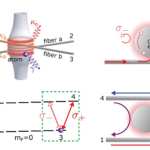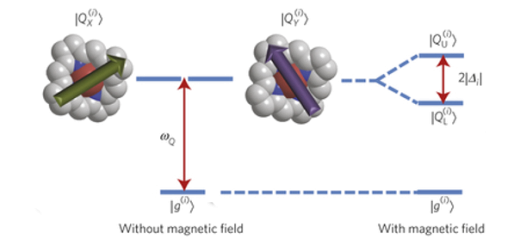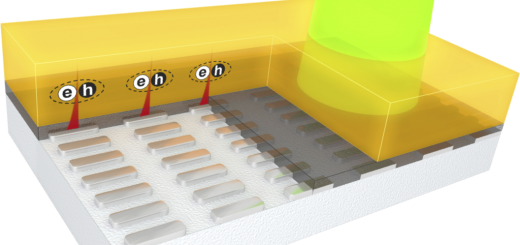Chiral Quantum Optics
 Title: Chiral Quantum Optics.
Title: Chiral Quantum Optics.
When: Friday, February 3, (2017), 12:00.
Place: Departamento de Física de la Materia Condensada, Facultad Ciencias, Module 3, Seminar Room (5th Floor).
Speaker: Arno Rauschenbeutel, Vienna Center for Quantum Science and Technology, Atominstitut, TU Wien, Stadionallee 2, 1020 Wien, Austria.
Controlling the interaction of light and matter is the basis for diverse applications ranging from light technology to quantum information processing. Nowadays, many of these applications are based on nanophotonic structures. It turns out that the confinement of light in such nanostructures imposes an inherent link between its local polarization and its propagation direction, also referred to as spin–momentum locking of light [1]. Remarkably, this leads to chiral, i.e., propagation direction-dependent effects in the emission and absorption of light, and elementary processes of light–matter interaction are fundamentally altered. For example, when coupling plasmonic particles or atoms to evanescent fields, the intrinsic mirror symmetry of the particles’ emission can be broken. In our group, we observed this effect in the interaction between single rubidium atoms and the evanescent part of a light field that is confined by continuous total internal reflection in a whispering-gallery-mode microresonator [2]. In the following, this allowed us to realize chiral nanophotonic interfaces in which the emission direction of light into the structure is controlled by the polarization of the excitation light [3] or by the internal quantum state of the emitter [4], respectively. Moreover, we employed this chiral interaction to demonstrate an integrated optical isolator [5] as well as an integrated optical circulator [6] which operate at the single-photon level and which exhibit low loss. The latter are the first two examples of a new class of nonreciprocal nanophotonic devices which exploit the chiral interaction between single quantum emitters and transversally confined photons.
References
- K. Y. Bliokh, F. J. Rodríguez-Fortuño, F. Nori, and A. V. Zayats, Spin-orbit interactions of light, Nat. Photon. 9, 796 (2015).
- C. Junge, D. O’Shea, J. Volz, and A. Rauschenbeutel, Strong coupling between single atoms and non-transversal photons, Phys. Rev. Lett. 110, 213604 (2013).
- J. Petersen, J. Volz, and A. Rauschenbeutel, Chiral nanophotonic waveguide interface based on spin-orbit coupling of light, Science 346, 67 (2014).
- R. Mitsch, C. Sayrin, B. Albrecht, P. Schneeweiss, and A. Rauschenbeutel, Quantum state-controlled directional spontaneous emission of photons into a nanophotonic waveguide, Nature Commun. 5, 5713 (2014).
- C. Sayrin, C. Junge, R. Mitsch, B. Albrecht, D. O’Shea, P. Schneeweiss, J. Volz, and A. Rauschenbeutel, Nanophotonic Optical Isolator Controlled by the Internal State of Cold Atoms, Phys. Rev. X 5, 041036 (2015).
- M. Scheucher, A. Hilico, E. Will, J. Volz, and A. Rauschenbeutel, Quantum optical circulator controlled by a single chirally coupled atom, Science, 354, 1577 (2016).



















